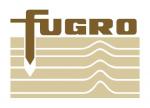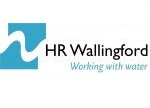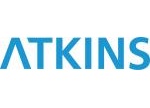Project Information
Project Aims:
This project aims to tackle four main questions:
/>(1) Which hazards have been missed by industry? Several current projects funded under the NERC ERIIP scheme address previously unconsidered, but potentially hazardous events including volcanic ash hazard to nuclear facilities and space weather effects on water infrastructure. Through consultation with active researchers, including those outside the ERIIP scheme, an inventory of potentially unconsidered hazards will be prepared and fed back to industry partners. NOC researchers (Talling, Clare and collaborators) have identified two potential omissions from the UK National Risk Register: landslide-triggered tsunamis and cable breaks by sediment-laden flows, known as turbidity currents. Both have been recent invited briefing documents submitted to the Cabinet Office and UK Government Chief Scientist.

(2) How can we better predict ‘unprecedented’ and extreme events? New approaches to predicting low probability, high impact hazards are needed, particularly as such events are often absent or under-represented in instrumental or historical records. Longer records allow us to understand if, and how, environmental risks respond to a warming world. Existing knowledge on acquisition of longer-term records (e.g. lake sediments as archives of past flooding) and quantified assessment of low probability events (e.g. novel statistical techniques) will be exchanged across the ERIIP network. This is well aligned with existing ERIIP projects on extreme hazards, e.g. forecasting flood impacts on coastal defences and extreme flood events in city centres. (Right image: chronology of mass transport deposits in lakes used to extend records of large magnitude earthquakes back beyond limits of historical catalogues - from Moernaut, Clare et al., 2016; Marine Geology)
 (3) How resilient is infrastructure to successions or combinations of hazards? The impact of one hazard may not be an issue, but the impact may be magnified when multiple hazards coincide. Research that considers sequential and combined hazard scenarios for interdependent networks will provide key insight, such as weather-induced hazards to electricity and railways, and implications for supply chains caused by elevated sea level and storm surges. Lessons learned will be shared with ERIIP partners, and more holistic methods for improved assessment will be identified, such future physical and numerical modelling. (Image left: potential impacts of sediment-laden seafloor flows on oil and gas infrastructure - from Clare et al., 2015; Offshore Technology Conference)
(3) How resilient is infrastructure to successions or combinations of hazards? The impact of one hazard may not be an issue, but the impact may be magnified when multiple hazards coincide. Research that considers sequential and combined hazard scenarios for interdependent networks will provide key insight, such as weather-induced hazards to electricity and railways, and implications for supply chains caused by elevated sea level and storm surges. Lessons learned will be shared with ERIIP partners, and more holistic methods for improved assessment will be identified, such future physical and numerical modelling. (Image left: potential impacts of sediment-laden seafloor flows on oil and gas infrastructure - from Clare et al., 2015; Offshore Technology Conference)
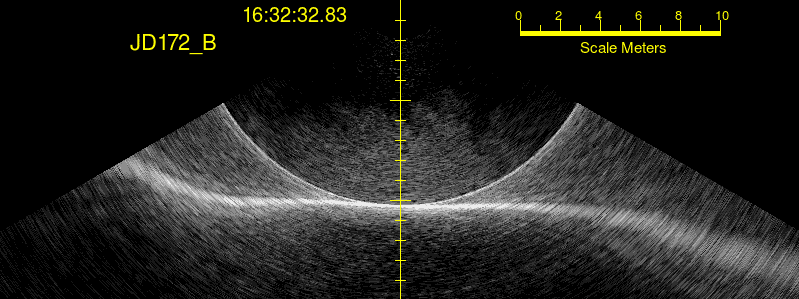
(4) What step-changes can we make with new technology and new approaches to real-time monitoring of active hazards? Recent technological advances now make direct monitoring and real-time health checks a reality, but industry awareness of available tools should be improved. Novel real-time monitoring is being implemented on ERIIP projects to coastal and earthworks management, embankment stability, wind damage to electricity infrastructure, and surface water flooding. It is proposed to bring together a diverse range of researchers and industry representatives to identify existing and emerging tools for real-time monitoring of hazards in the full range of environments, and define industry best practice for the future. (Image right: first direct monitoring of underwater turbidity currents that can improve our understanding of the potential impacts on seafloor structures such as communication cables; from Hughes Clarke, 2016; Nature Comms)
Project Staff:
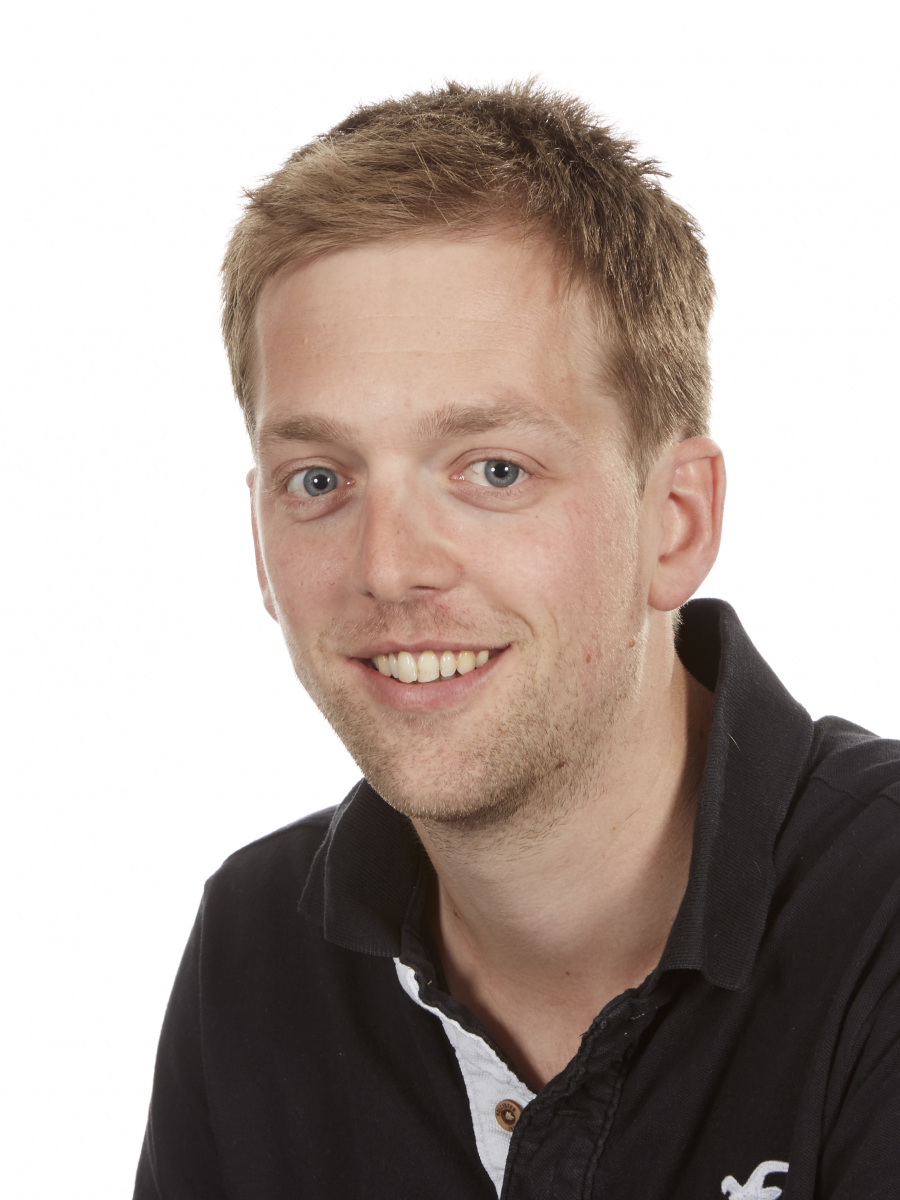 Dr Mike Clare has over 10 year’s industry experience as a geohazards consultant on a diverse range of infrastructure projects. This includes tunnelling, highway, rail, water supply, nuclear, ports and harbours, oil and gas, renewables, and cabled transmissions. He is well aware of industry challenges, timescales and pressures, having previously led Fugro's UK Engineering Geology & Geohazards Team. He has been invited speaker at several infrastructure industry conferences. He now maintains links with industry in his current role as a researcher at National Oceanography Centre (NOC).
Dr Mike Clare has over 10 year’s industry experience as a geohazards consultant on a diverse range of infrastructure projects. This includes tunnelling, highway, rail, water supply, nuclear, ports and harbours, oil and gas, renewables, and cabled transmissions. He is well aware of industry challenges, timescales and pressures, having previously led Fugro's UK Engineering Geology & Geohazards Team. He has been invited speaker at several infrastructure industry conferences. He now maintains links with industry in his current role as a researcher at National Oceanography Centre (NOC).
He is currently co-I on a NERC ERIIP innovation project, assessing the risk posed by natural hazards to subsea infrastructure. His research concerns a wide range of environmental hazards including landslides, floods, volcanic eruptions and earthquakes. He applies novel methods for assessing hazard recurrence and impact, and the response to climate change. This diverse range of experience and skills are thus very relevant to this directed Knowledge Exchange fellowship project.

